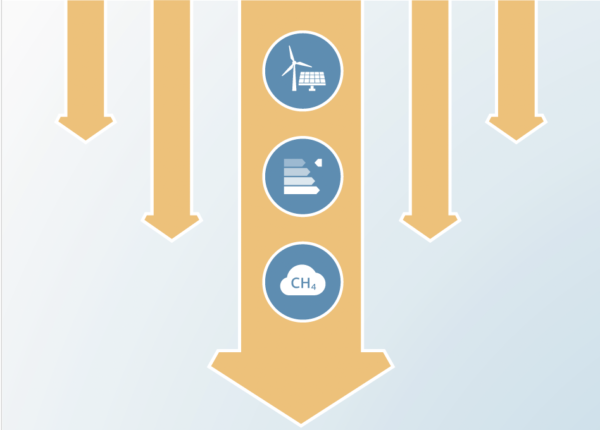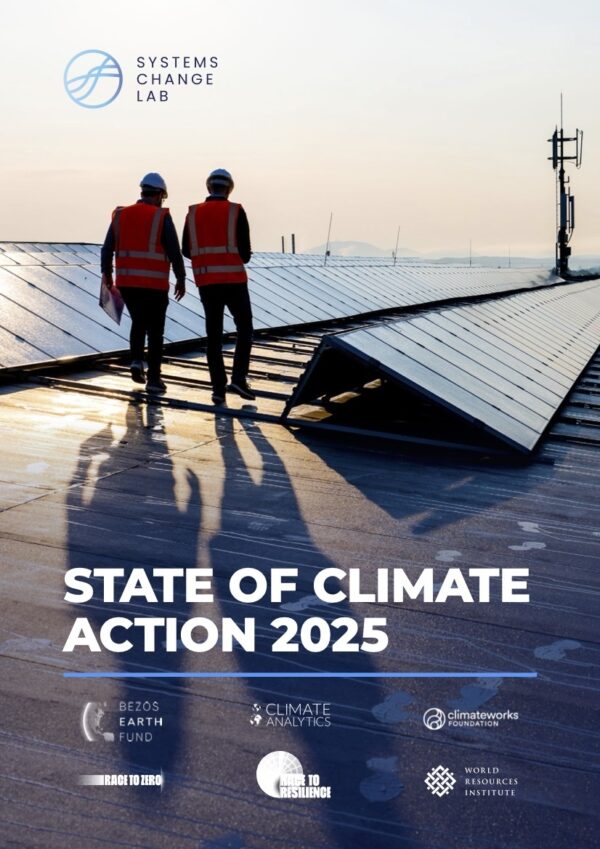Ten key short-term sectoral benchmarks to limit warming to 1.5°C
Authors
Takeshi Kuramochi, Niklas Höhne, Michiel Schaeffer, Jasmin Cantzler, Bill Hare, Yvonne Deng, Sebastian Sterl, Markus Hagemann, Marcia Rocha, Paola Andrea Yanguas-Parra, Goher-Ur-Rehman Mir, Lindee Wong, Tarik El- Laboudy, Karlien Wouters, Delphine Deryng and Kornelis Blok

This article identifies and quantifies the 10 most important benchmarks for climate action to be taken by 2020–2025 to keep the window open for a 1.5°C-consistent GHG emission pathway.
We conducted a comprehensive review of existing emissions scenarios, scanned all sectors and the respective necessary transitions, and distilled the most important short-term benchmarks for action in line with the long-term perspective of the required global low-carbon transition. Owing to the limited carbon budget, combined with the inertia of existing systems, global energy economic models find only limited pathways to stay on track for a 1.5°C world consistent with the long-term temperature goal of the Paris Agreement.











